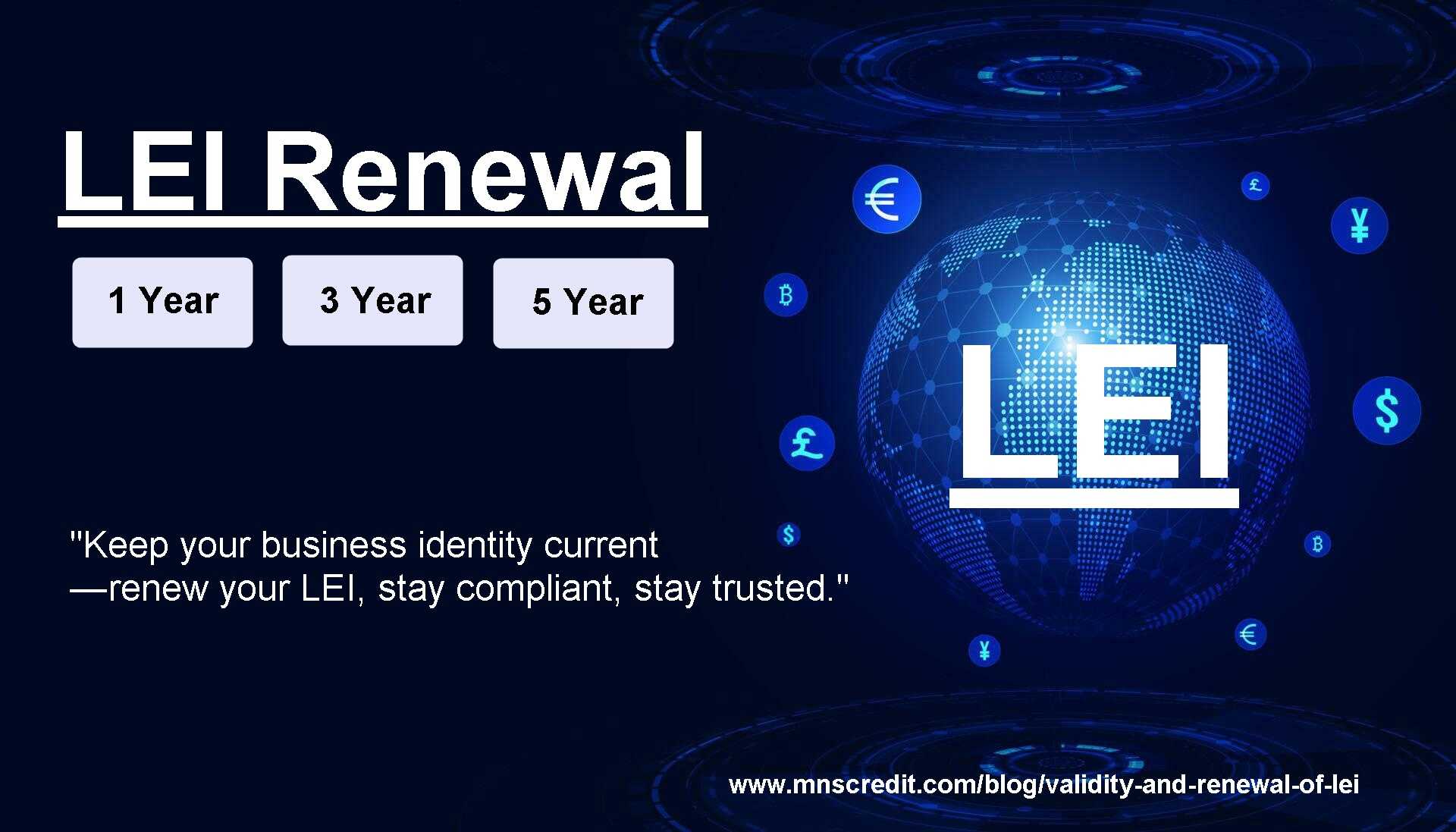
Strengthening Instant Payments With LEI: A Strategic Approach To Fraud Prevention

The challenge lies in balancing speed with security. Instant payments allow funds to move in seconds, creating huge opportunities for businesses and consumers alike. But the very speed that drives efficiency also shortens the window to detect and prevent fraud. According to the European Banking Authority, fraud in instant payments is on average ten times higher than in traditional transfers. This makes clear, unambiguous verification of transaction parties a necessity, not a luxury.
The Risks Behind Instant Payments
Instant payments are irrevocable. Once funds are transferred, they are gone, leaving very little recourse for reversing fraudulent or erroneous transactions. Corporate treasurers, in particular, face rising threats including business email compromise, invoice redirection fraud, and manipulation of beneficiary details.
The introduction of the Instant Payments Regulation by the European Union marks a pivotal development. This regulation requires Payment Service Providers (PSPs) to implement mandatory Verification of Payee (VoP) mechanisms. By October 9, 2025, PSPs operating within the eurozone must perform name and IBAN (International Bank Account Number) matching before processing instant credit transfers. Non-eurozone PSPs must comply by July 9, 2027.
Verification of Payee—sometimes called IBAN name check or Confirmation of Payee—is a system where the name associated with a payee's bank account is cross-verified against the IBAN before a payment is finalized. The concept is simple in theory, but its execution has proven problematic.
The Problem with Name Matching
Name-to-account matching is notoriously inconsistent. Variations in spelling, formatting, diacritical marks, abbreviations, or recent corporate rebranding can all lead to mismatches. These trigger false alerts, requiring manual intervention to resolve the issue and causing unnecessary delays. In corporate settings, where high volumes of transactions are processed daily, even a small error rate can lead to significant operational overhead.
Moreover, these false positives do little to combat actual fraud. Sophisticated fraudsters can manipulate names to closely resemble legitimate ones, slipping through verification checks. This is why relying solely on text-based name matching is insufficient for building true transactional trust.
Introducing the LEI: A Global Identity Framework
The Legal Entity Identifier (LEI) provides a transformative solution to the challenges of payee verification. The LEI is a 20-character alphanumeric code that uniquely identifies legal entities participating in financial transactions. Developed in response to the 2008 global financial crisis, the LEI is governed by the Global Legal Entity Identifier Foundation (GLEIF) and is based on the ISO 17442 standard.
Each LEI is linked to validated reference data, including the legal name, address, and ownership structure of an entity. This makes it an ideal tool for distinguishing legitimate businesses from imposters.
Integrating LEIs into payment systems offers a more precise, machine-readable, and globally consistent method for identifying parties. By matching both IBAN and LEI—rather than relying on names—banks and businesses can instantly confirm the legitimacy of the transaction counterpart.
Benefits of LEI-Enabled Verification of Payee
-
Precision and Clarity
LEIs eliminate ambiguity. Where names can be duplicated or misspelled, LEIs are unique. A binary match between IBAN and LEI ensures certainty in verification without the gray area of name similarity. -
Fraud Mitigation
LEIs are registered and maintained by verified legal entities. Fraudsters cannot easily obtain or spoof LEIs, making them a powerful defense against impersonation and account redirection fraud. -
Operational Efficiency
Reducing false positives in VoP processes decreases manual work, supports straight-through processing, and speeds up transaction settlement—delivering on the core promise of instant payments. -
Cross-Border Consistency
Unlike domestic name-checking solutions, the LEI system is global. It enables seamless, standardized verification across borders and jurisdictions, critical for international treasury operations. -
Regulatory Alignment
LEIs are increasingly recognized in regulatory frameworks, including MiFID II, EMIR, and the EU’s Anti-Money Laundering Directive. Using LEIs in payment verification aligns financial processes with broader compliance requirements.
The Role of LEI Renewal
The accuracy and usefulness of LEIs depend on timely LEI renewal. Each LEI must be renewed annually to ensure the associated data remains up-to-date. A lapsed LEI may contain outdated information, undermining its utility for verification purposes.
For treasury departments, it is essential to not only maintain your own organization’s LEI but also encourage counterparties and suppliers to keep theirs active. A network of valid LEIs across your transaction partners enhances the reliability of verification systems.
Industry Momentum and Support
Institutions across Europe are recognizing the value of LEI-based verification. The European Payments Council, national regulators, and industry groups have acknowledged LEIs as a reliable way to implement VoP. Several leading banks are already integrating LEI fields into their payment systems and APIs.
Furthermore, GLEIF is piloting the verifiable LEI (vLEI)—a digital credential that links an LEI to a specific person or role within an organization, validated using cryptographic technology. vLEIs promise to bring even greater trust and automation into financial transactions, paving the way for a future where identity, authorization, and verification are fully integrated.
Strategic Recommendations for Businesses
To prepare for the future of instant payments and meet the VoP requirements effectively, corporate treasurers and finance leaders should act now:
-
Secure and Renew Your LEI
If your organization has not yet obtained an LEI, initiate the registration process immediately. If you already have one, verify that it is active and renewed annually. -
Promote LEI Adoption Among Suppliers
Encourage suppliers and vendors to register and renew their LEIs. This strengthens the reliability of incoming and outgoing transactions. -
Integrate LEIs into Your Systems
Update ERP, TMS, and banking systems to capture and process LEIs as part of your payment messages. Ensure this integration supports both IBAN and LEI matching. -
Coordinate with Your Banking Partners
Discuss how your PSP will implement VoP and whether they support LEI-enhanced verification. Clarify any potential costs or integration requirements. -
Train and Educate Teams
Ensure treasury, compliance, and IT teams understand the importance of LEIs and are equipped to implement them effectively in your payment workflows.
Conclusion: Building Trust in a Real-Time World
The rise of instant payments offers enormous advantages in speed and liquidity, but it also creates new responsibilities for security and trust. By leveraging the Legal Entity Identifier and maintaining its accuracy through lei renewal, organizations can dramatically reduce fraud risk, increase operational efficiency, and comply with emerging regulations, LEI Registration in india.
The time to act is now. Embedding LEIs into your payment processes is not just a compliance measure—it’s a strategic decision that will shape your organization’s financial integrity in the years to come.
Author Bio
Article Comments
No Comments!
At present there are zero comments on this article.
Why not be the first to make a comment?
Similar Articles
Search Pages
User Upgrade
account to full use of editor,
Including hyperlinks
Article Categories
There are zero sub-categories in this parent category.
There are zero sub-categories in this parent category.

















